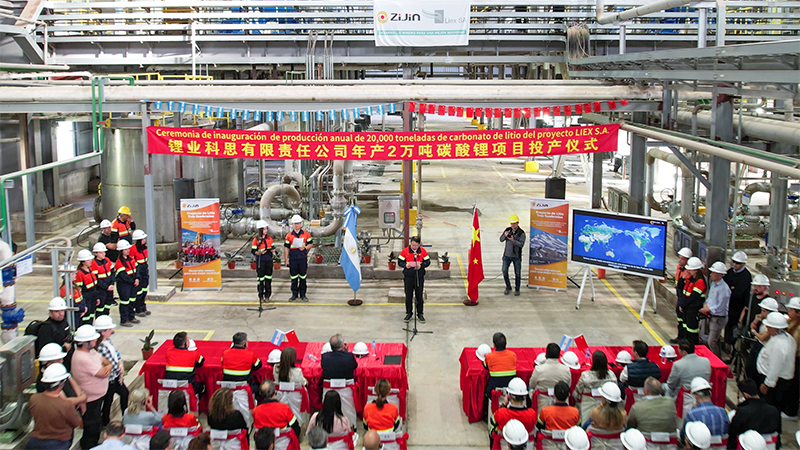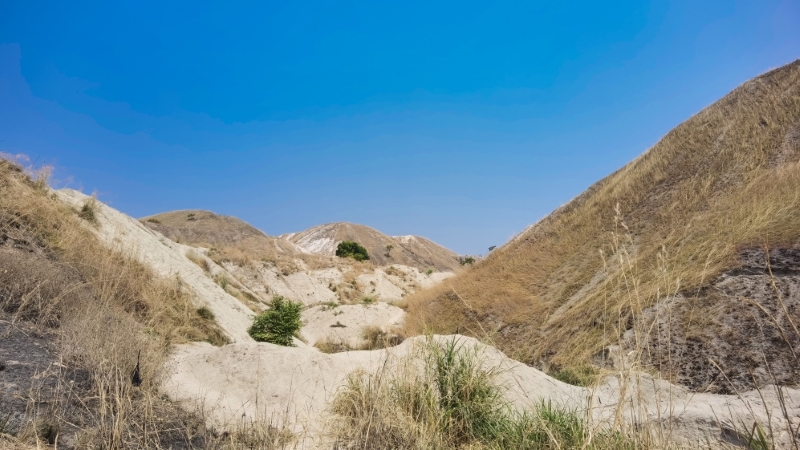The project supports community development, implementing a local employment strategy, conducting training for communities, and creating a large number of local jobs. It promotes local industries through local procurement, signing contracts with local suppliers to purchase equipment, materials and logistics services.
In addition, the project has developed an environmental management system that incorporates Zijin’s approaches and aligns with local cultural practices. It has increased the use of clean energy such as solar power and advances reforestation and sand stabilization efforts.






